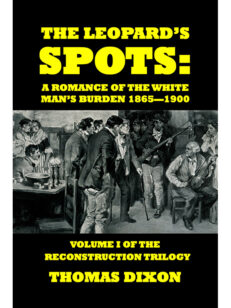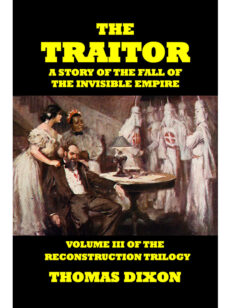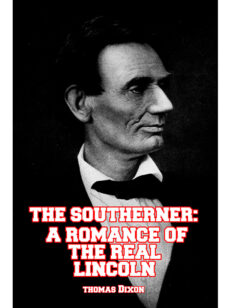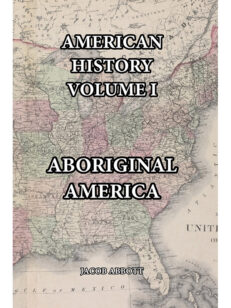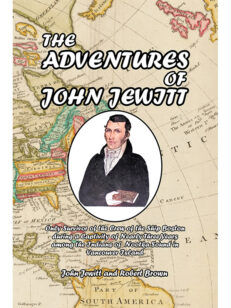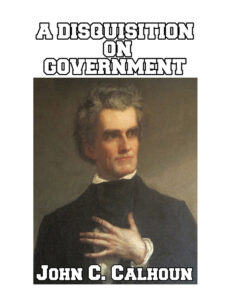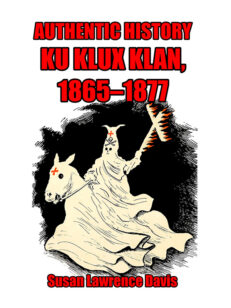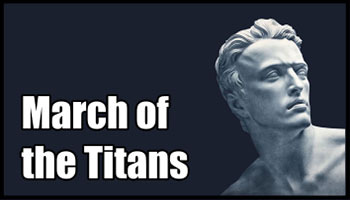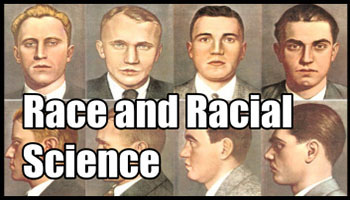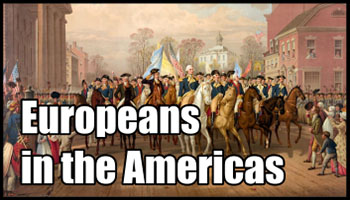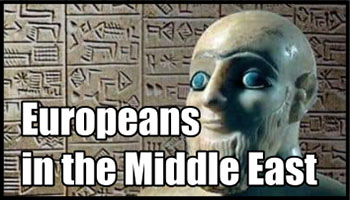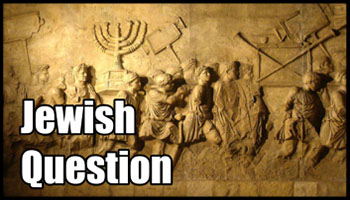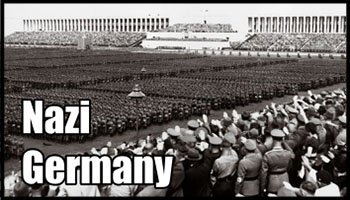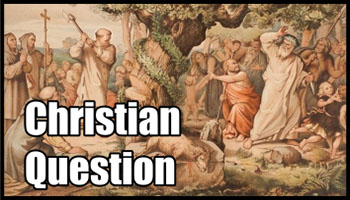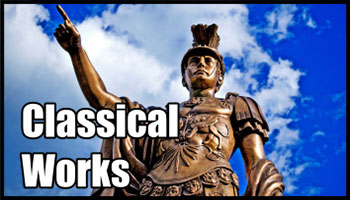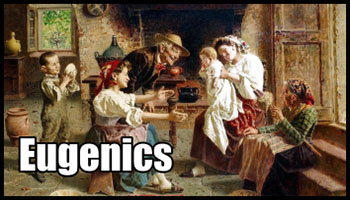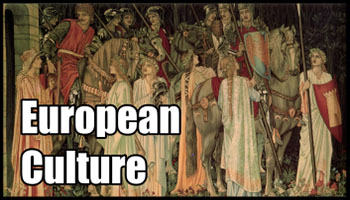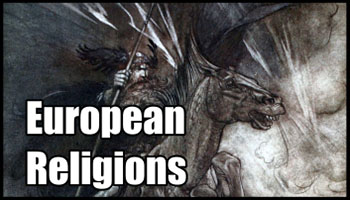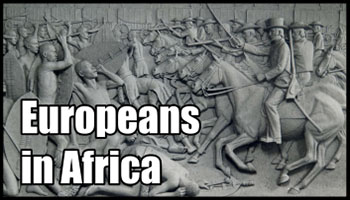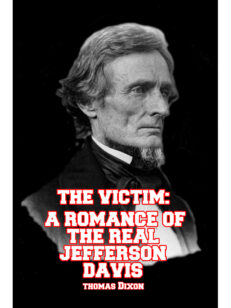Description
By Thomas Dixon. Illustrated by J. N. Marchand. The life of Confederate States of America (CSA) President Jefferson Davis is intricately bound up with the American Civil War. This is an easy-to-read, yet gripping, dramatization of the tumultuous events of those times by master story-weaver Thomas Dixon.
Starting with a short review of Davis’s service to the Union—which included military duties in the West, and during the Mexican War, serving as Secretary of War under the 14th U.S. President Franklin Pierce, and finally, as a US Senator—Dixon’s work reveals that Davis sought to protect the Union, and was a reluctant participant in the launch of the CSA.
However, once installed as CSA President, Davis threw himself whole-heartedly into the immense task. The CSA, a nation of five million whites and four million blacks, was plunged into a conflict for which it was wholly unprepared. It had no major iron works, no gunpowder factories, no major industries, no navy (and a coastline of more than 3,000 miles to defend) and not enough weapons to put even 200,000 men under arms. The Union, on the other hand, was a nation which had 20 million whites, a handful of blacks, huge industrial resources, the most modern navy in the world, and could draw on an army of millions.
Davis ensured that the CSA built its own industries, launched its own navy, and, against all odds, nearly fought the Union to a standstill. Dixon’s work also reveals the immense internal battles Davis had to fight: endless internal divisions within the ranks of the CSA government, vehement opposition to his appointment as President, and serious disputes between CSA Generals. Davis also refused to bow to demands that he suspend the CSA’s constitution for the duration of the war, ban press freedom, and suspend other liberties (as his opponent, Abraham Lincoln had done in the North).
Eventually, through a combination of internal intrigue and overwhelming Northern might of arms, the CSA was defeated and ruined. The story follows Davis’s incarceration, and ends with his return to Richmond, Virginia, to face trial for treason.
This book was intended as a companion volume to Dixon’s equally enthralling biographical novel, The Southerner, which detailed the life of Abraham Lincoln.
448 pages. Paperback.
About the author: Thomas F. Dixon, Jr. (1864–1946) was a Southern Baptist minister, playwright, lecturer, North Carolina state legislator, lawyer, and author, best known for his book The Clansman — which was to become the inspiration for D. W. Griffith’s film, The Birth of a Nation (1915). He studied at Shelby Academy, where he earned a diploma, and at Wake Forest where he studied history and political science, earning his master’s degree in 1883. The next year he was awarded a scholarship to attend the Johns Hopkins University political science program. After graduation, he ran for the local seat in the North Carolina General Assembly. Despite being only twenty years of age and not even old enough to vote for himself, he won the election by a two-to-one margin. He retired from politics in 1886 after only one term in the legislature, saying that he was disgusted by the corruption and the back-door deals of the lawmakers. He then practiced law for a short while, leaving that profession to become a Baptist minister. In 1895, Dixon resigned from the Baptist ministry, and started preaching at a nondenominational church, leaving the ministry completely in 1899 when he began to lecture full-time.


